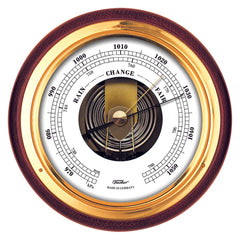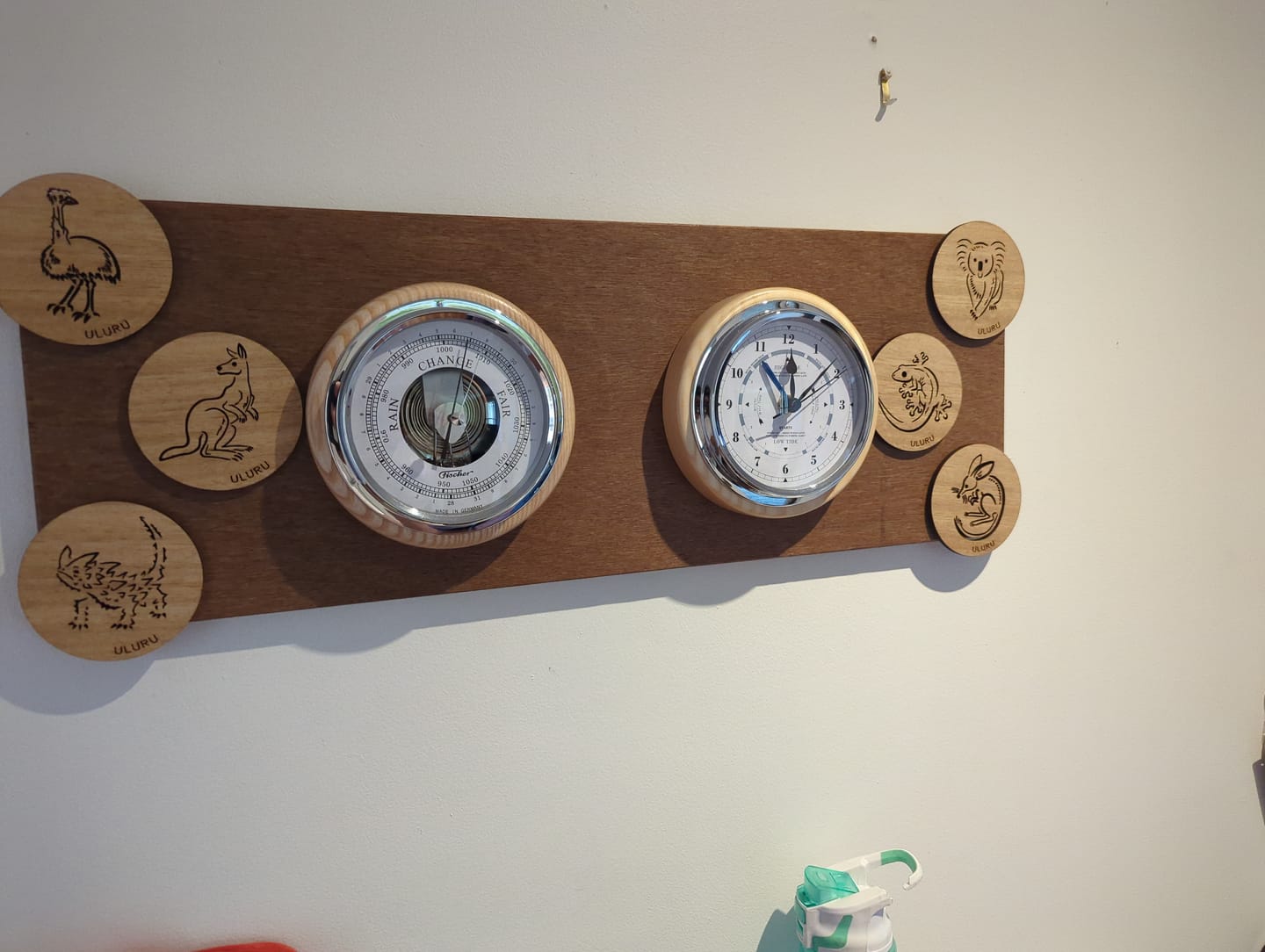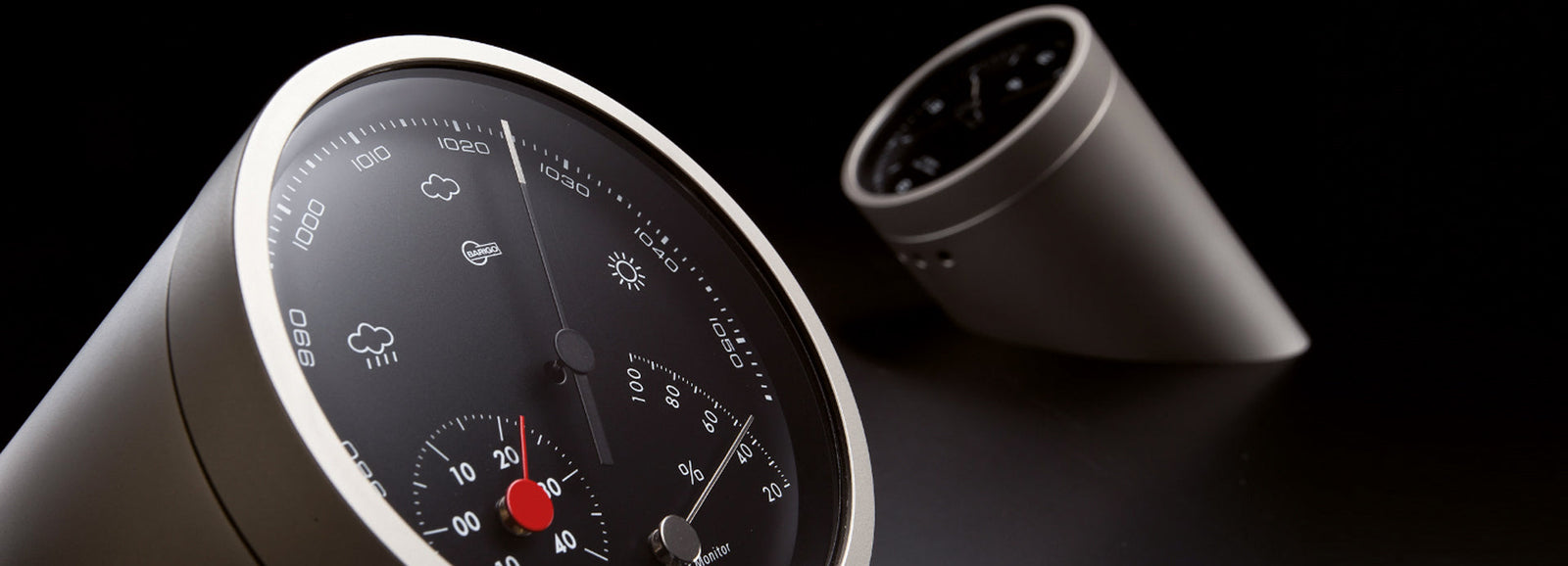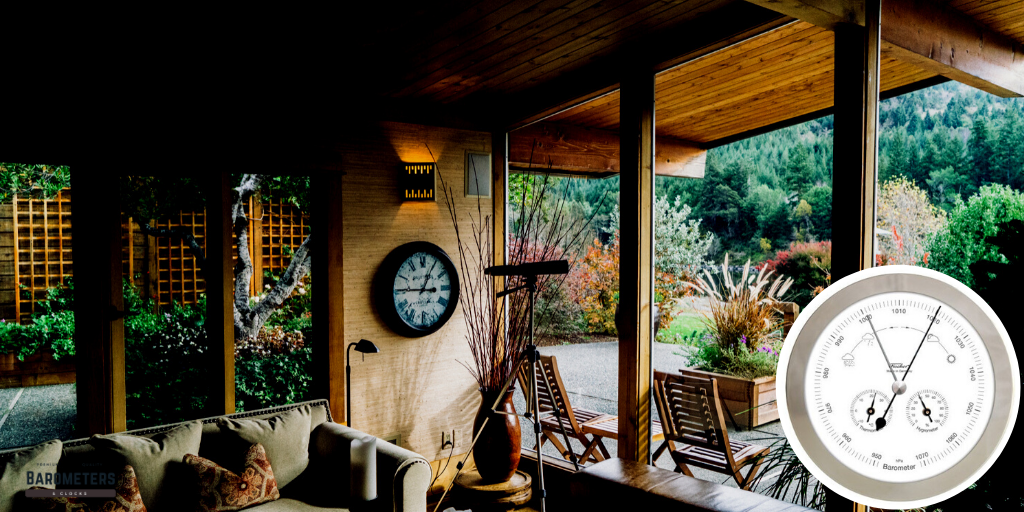If you remember back to my last blog we talked about how the Barometer is an instrument for measuring air pressure.
To read your Barometer you need to do the following:
 1. Tap the glass lightly yet firmly to ensure the linkage mechanism is not sticking.
1. Tap the glass lightly yet firmly to ensure the linkage mechanism is not sticking.
2. Your Barometer is read in hectopascals – tens of hectopascals 990,100,1010netc – this enables it to be read easily to the nearest half hectopascal.
3. The hectopascal is the international meteorological unit of pressure.
4. The other hand that is found on the Barometer is the set pointer. This can be turned by the knob on the glass. It should sit on top of the reading pointer so you can tell if the pressure is higher or lower is and by how much.
5. Remember movements shown on the face of the Barometer indicate the changes in pressure as they occur directly above your particular location.
Patterns and Effects
It is interesting to note that owing to the daily atmospheric tide effect, the pressure will normally fall by about three hectopascals between 9am and 3 pm and will rise by about 3pm and 9am. You need to bear that in mind when reading your air pressure movements.
When is the best time?
It’s best to read your Barometer at the same time every day. This will allow for the daily tide movements to be constant in your results. Don't have a barometer yet? Check out of range of barometers and weatherstations here....




Leave a comment (all fields required)